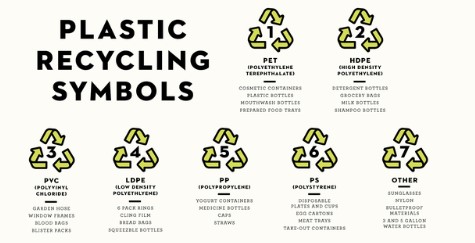 Recycling codes may seem like a simple system, but their meanings can have a significant impact on our health and the environment. Each code corresponds to a specific type of plastic, and understanding these codes is crucial for proper recycling.
Recycling codes may seem like a simple system, but their meanings can have a significant impact on our health and the environment. Each code corresponds to a specific type of plastic, and understanding these codes is crucial for proper recycling.
For example, a code of 1 indicates that the plastic is made of polyethylene terephthalate (PET), commonly used in water bottles and food containers. This type of plastic is generally considered safe for single use, but repeated use can lead to the release of harmful chemicals into the food or beverage it contains.
Code 2 signifies high-density polyethylene (HDPE), which is commonly used in milk jugs and detergent bottles. This type of plastic is generally considered safe for multiple uses, but it can still leach harmful chemicals over time.
Code 3 represents polyvinyl chloride (PVC), which is used in pipes, flooring, and packaging. PVC is known to release toxic chemicals when heated, posing a risk to both human health and the environment.
Code 4 indicates low-density polyethylene (LDPE), commonly used in plastic bags and food wraps. LDPE is considered safe for single use, but it can still release harmful chemicals when exposed to heat or sunlight.
Code 5 represents polypropylene (PP), used in yogurt containers, bottle caps, and straws. PP is generally considered safe for multiple uses, but it can still leach harmful chemicals into food or beverages.
Code 6 signifies polystyrene (PS), commonly used in foam packaging and disposable cups.PS is known to release toxic chemicals when heated, posing a risk to human health.
Code 7 is a catch-all category for other types of plastics, including polycarbonate (PC) and bioplastics. PC is used in baby bottles and food storage containers, and it is known to release a harmful chemical called bisphenol A (BPA) when heated. Bioplastics are made from renewable resources, but they can still release harmful chemicals during production and disposal.
In conclusion, understanding recycling codes is essential for making informed choices about the plastics we use and recycle. By being aware of the potential health risks associated with different types of plastics, we can take steps to minimize our exposure to harmful chemicals and protect both our health and the environment.